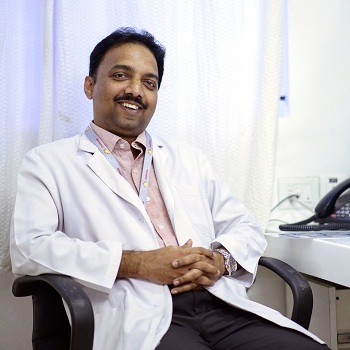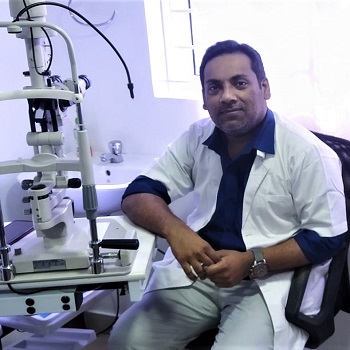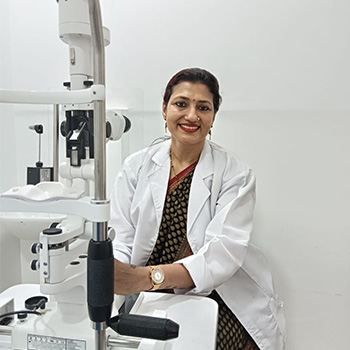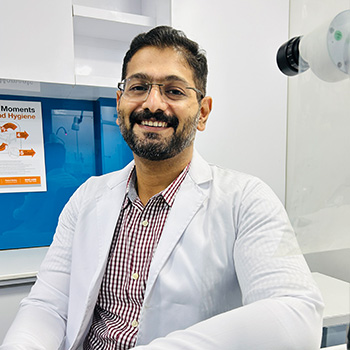CRADLE ROP
CRADLE ROP (Chaithanya Retcam aided Digital-Screening, Laser treatment and Empowerment of ROP care)
ROP stands for Retinopathy of Prematurity. ROP is a disease involving low birth weight premature babies who are often exposed to high oxygen and may develop abnormal blood vessels in the inner layer of the eye, which can lead to blindness if not identified and treated at the right time.
CRADLE ROP is a novel and comprehensive ROP screening initiative of Chaithanya Eye Hospital & Research institute supported by the Chaithanya Sight Foundation which uses smart amalgamation of information technology and retinal photography using RETCAM imaging system by medical personnel and trained technicians with a goal of providing ROP screening facilities to all the neonatology and NICU’S in various districts of our state including distant areas where no such facility previously existed.

Which babies need screening?
• All premature infants with a birth weight of 2000 grams or less.
• Babies born at/before 34 weeks
• Infants with a birth weight of more than 2000 grams, born after 34 weeks if other ROP risk factors present
• Infants with a birth weight of more than 2000 grams, born after 34 weeks if neonatologist feels there is a risk for ROP
What are the risk factors for ROP, other than prematurity and low birth weight?
• Supplemental oxygen• Unstable course in hospital
• Hypoxemia
• On ventilator
• Hypotension
• Anemia
• Blood Transfusion
• Late –onset infection
• Delay in return to normal birth weight beyond 14 days
• Hypercarbia
• Hypotension
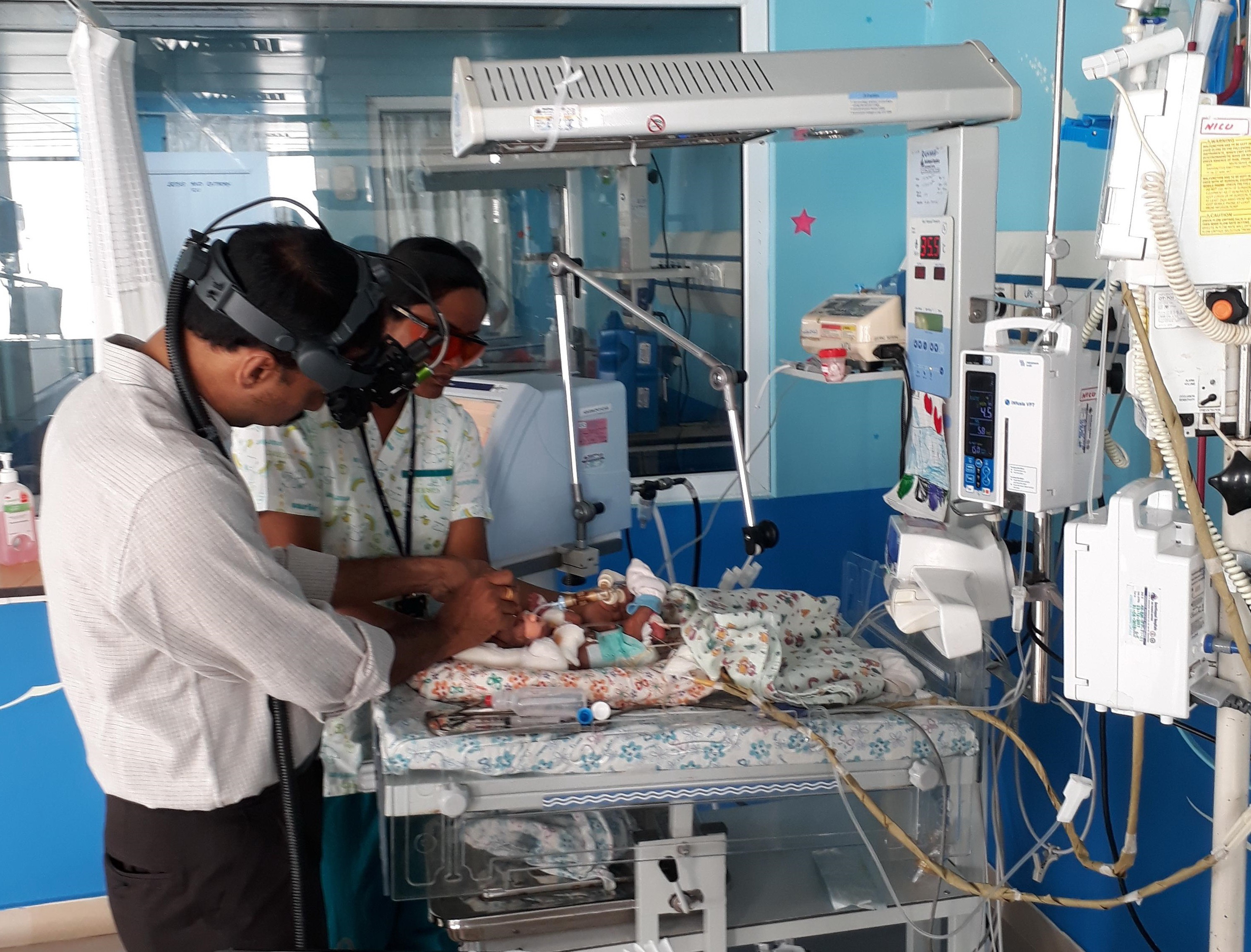
When to Screen?
• ROP Screening should be done before 30 days of life.• Best practice between 2nd and 3rd week of life for babies weighs less than 1200 grams or born before 28 weeks
Procedure for screening:
• Best performed in the presence of a neonatologist or pediatrician• The ‘step –down room’ of the neonatal intensive care unit is ideal
• Last feed should be approximately 1 hour prior to the examination
• Dilate the baby’s pupil.
• Swaddle the infant with warm, linen wraps
• ROP examination can be done with indirect ophthalmoscopy using 20 or 28 D lens or preferably with Retcam imaging as documentation is possible
• Monitoring for shortness of breath and bradycardia
• For analgesia, sterile pellets soaked in sucrose 24% or dextrose 10% may be used A resuscitation kit must be accessible and functional.
